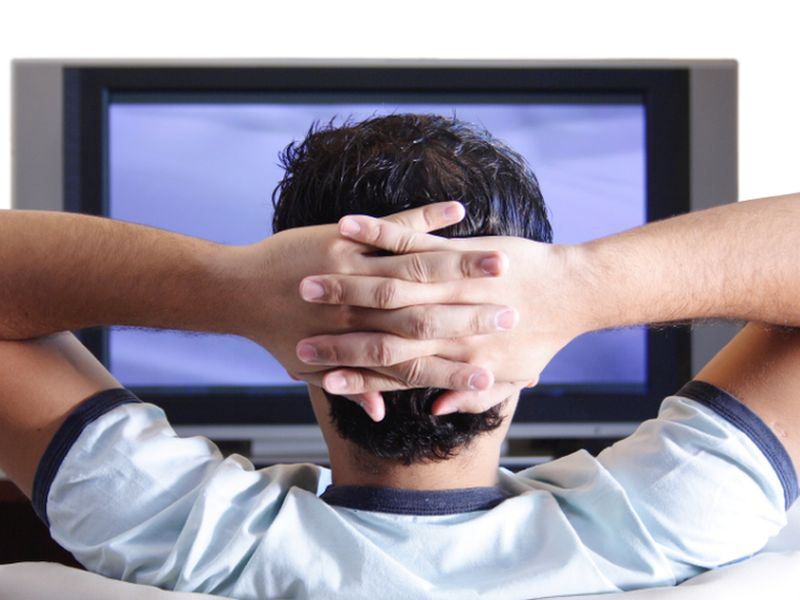Too Little Time to Exercise? Survey Suggests Otherwise

TUESDAY, Oct. 29, 2019 (HealthDay News) -- "I'd love to exercise more, but I just can't find the time."
It's a common refrain from many Americans but, for most, it might also be untrue, a new survey finds.
Researchers at the nonprofit RAND Corporation polled more than 32,000 Americans over the age of 14.
The survey found that, generally, people have an average of more than five hours of leisure time per day. Men typically had more spare time than women.
On the other hand, not even 7% of that free time was spent doing physical activity, the survey found.
Instead, people appeared to spend most of their free time watching television or using their smartphones or other devices, the findings showed.
The study challenges the notion that "a lack of leisure time is a major reason that Americans do not get enough physical activity," study co-author Dr. Deborah Cohen, a physician researcher at RAND, said in a corporate news release.
"We found no evidence for those beliefs," she said.
For the study, which was conducted between 2014 and 2016, Cohen's team didn't include in their free-time calculations activities such as self-care, household activities and family caretaking -- things like grooming, shopping and playing with children.
And even with those chores out of the picture, the survey found that, regardless of race/ethnicity or age, no group had less than 4.5 hours of free time per day.
Men typically had over 30 minutes more free time a day than women, according to the study published recently in the journal Preventing Chronic Disease.
Still, regardless of gender, very little leisure time was spent exercising. Men spent an average of 6.6% of their free time on physical activity, compared with 5% for women.
Class seemed to make a slight difference: More affluent men and women spent more of their free time on physical activity and less on screen time, compared to those with lower incomes, the study found.
Fewer hours spent active can take its toll on health. The researchers estimated that low levels of physical activity may account for 8% of the deaths in the United States each year.
Dr. Sharon Zarabi, an expert in exercise and weight control, wasn't surprised by the findings. She said that "we all have 24 hours in the day, and how you choose to use it says a lot about what you value."
Putting a renewed focus on health means finding creative ways to work more activity into your day, said Zarabi, who directs the bariatric program at Lenox Hill Hospital, in New York City.
That could mean "taking the stairs more often, getting off a train stop ahead, or parking a distance from your destination," she noted.
And if you love watching TV or scanning your smartphone, "check your e-mails while cycling on the bike," Zarabi suggested. Or "devise a 10-minute workout routine in the morning including push-ups, squats, sit-ups, planks -- anything that gets the blood flowing."
That could be a challenge for millions of Americans, however. According to the latest U.S. National Health Interview Survey, only about half get the recommended 150 minutes a week of moderate or vigorous activity.
More information
The U.S. National Heart, Lung, and Blood Institute offers a guide to physical activity.

The news stories provided in Health News and our Health-E News Newsletter are a service of the nationally syndicated HealthDay® news and information company. Stories refer to national trends and breaking health news, and are not necessarily indicative of or always supported by our facility and providers. This information is provided for informational and educational purposes only, and is not intended to be a substitute for medical advice, diagnosis, or treatment.

